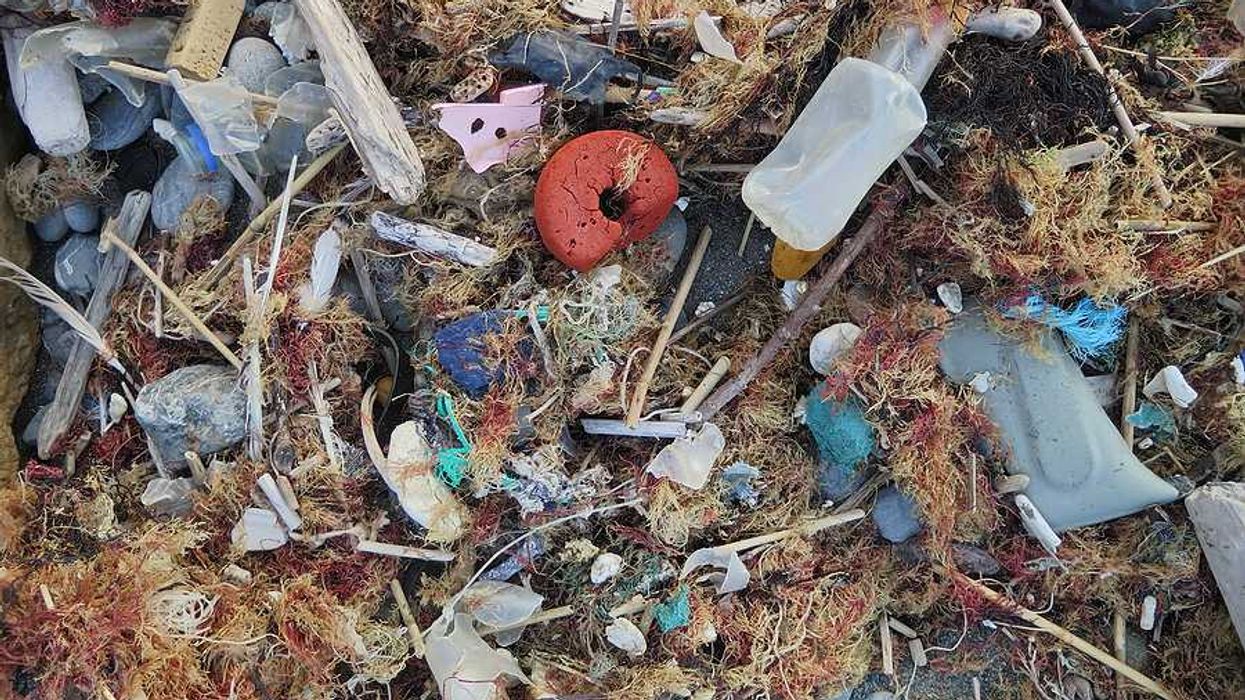Associated Press journalist Tara Copp reports that the Air Force has detected unsafe levels of a likely carcinogen in samples taken at a Montana nuclear missile base where a striking number of men and women have reported cancer diagnoses.
In a nutshell:
These recent findings mark a significant milestone in the ongoing examination of active U.S. intercontinental ballistic missile bases. Investigators aim to address concerns voiced by members of the missile community. The analysis of samples extracted from Malmstrom Air Force Base in Montana unveiled elevated levels of PCBs in two launch facilities, surpassing the limits recommended by the Environmental Protection Agency. The contamination was attributed to PCBs, oily substances recognized as potential carcinogens by the EPA.
Key quote:
General Thomas Bussiere, commander of Air Force Global Strike Command, has directed “immediate measures to begin the cleanup process for the affected facilities and mitigate exposure by our airmen and Guardians to potentially hazardous conditions.”
The big picture:
PCBs, or polychlorinated biphenyls, are toxic chemicals that can have significant health impacts. When individuals are exposed to PCB contamination, either through inhalation, ingestion, or skin contact, they may experience a range of adverse effects on their health. These effects can include disruptions to the immune system, nervous system, and endocrine system, leading to symptoms such as skin rashes, respiratory issues, cognitive impairments, and reproductive problems. Prolonged exposure to high levels of PCBs has also been linked to an increased risk of various cancers, including liver and skin cancers, underscoring the serious health concerns associated with PCB contamination.
Read the full piece from the Associated Press.
Ashley James wrote in an EHN piece last year that a majority of countries are not on track to remove the toxic pollutants known as PCBs from the environment by the 2028 global Stockholm Convention goal. As of 2022, Canada and Czechia were close to reaching the 2028 goal, both decreasing their PCB stock by 99%. However, the U.S. was maintaining a large, poorly tracked PCB stock that has only decreased by 3%.














